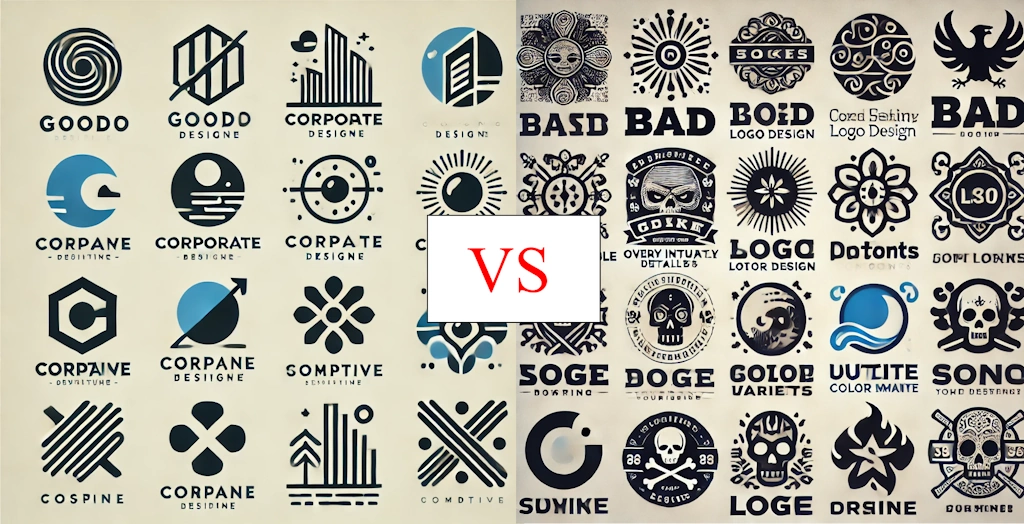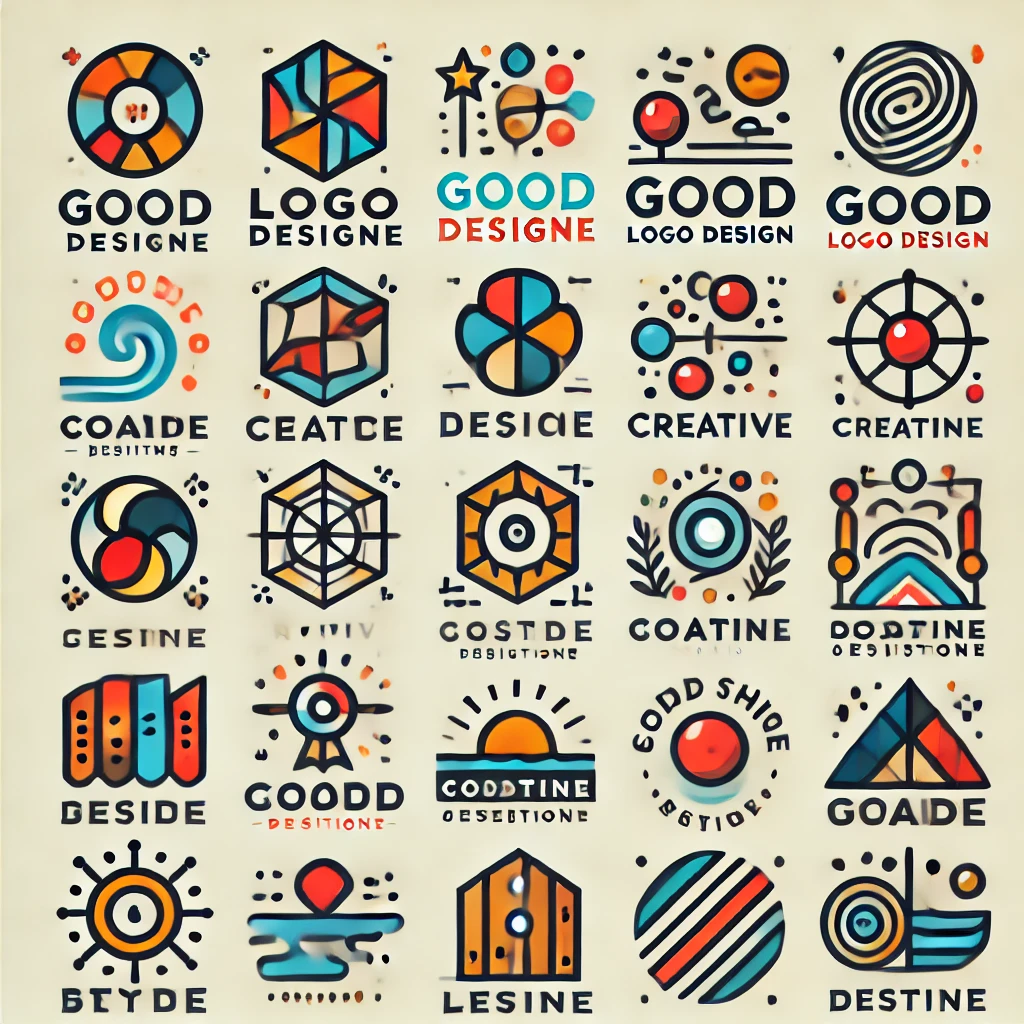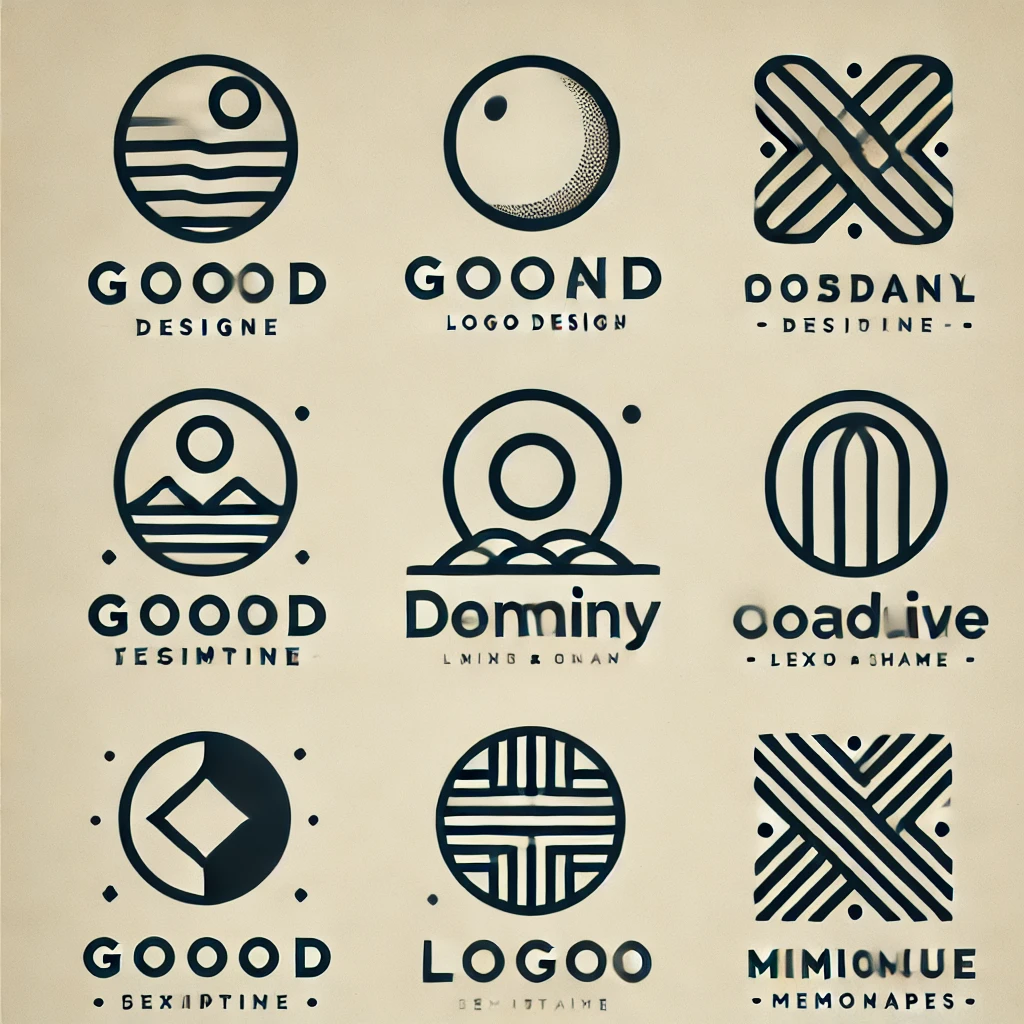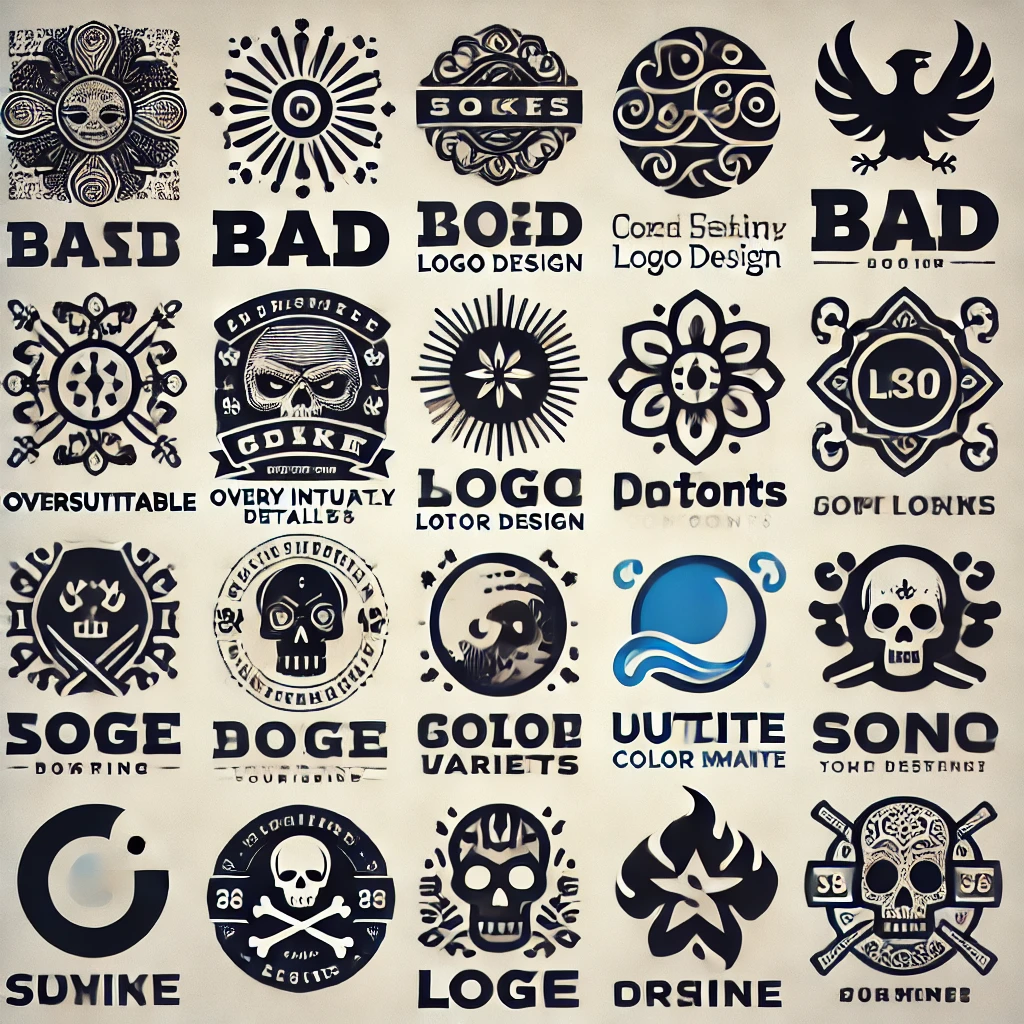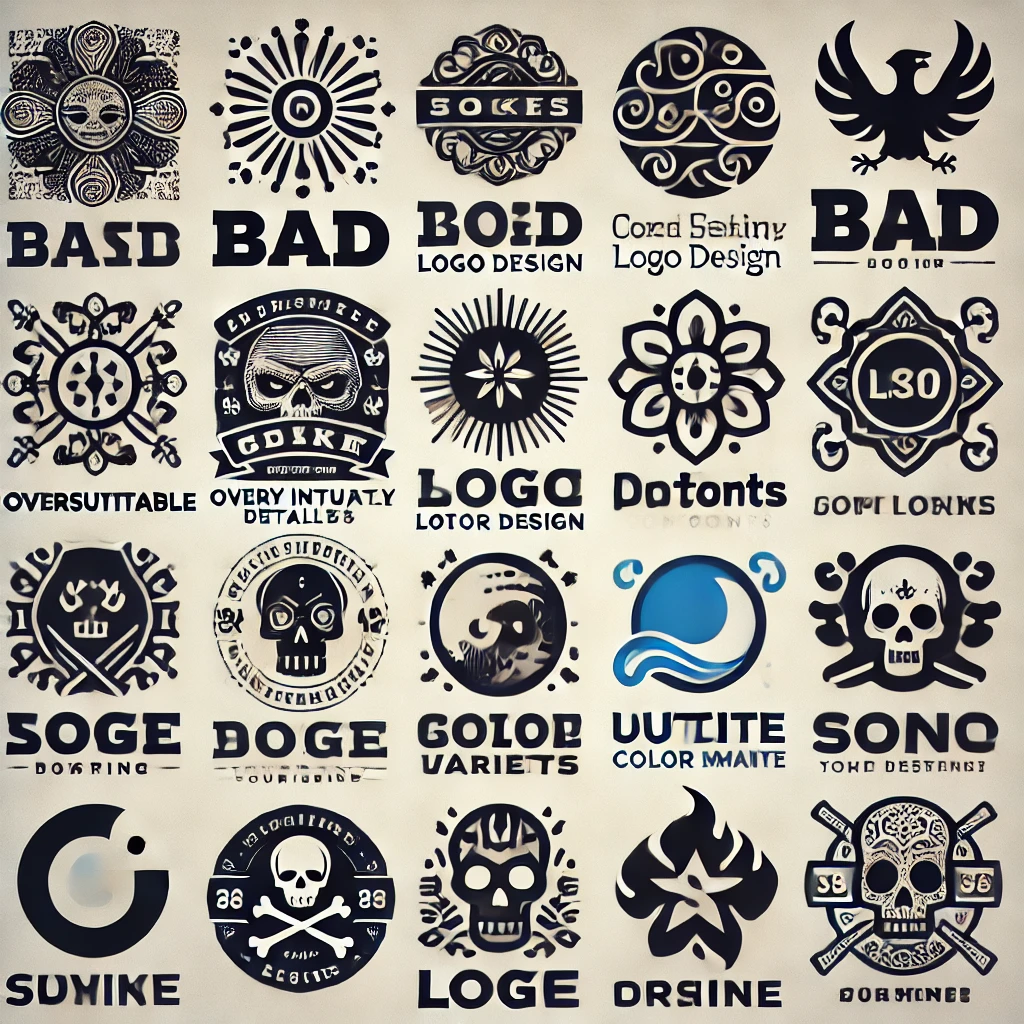Introduction
In recent years, the fashion industry has faced increasing pressure to adopt more sustainable practices. Consumers are becoming more aware of the environmental impact of their clothing choices, leading to a surge in demand for eco-friendly materials. Among these, Modal fabric has emerged as a standout option, praised for its luxurious feel, durability, and, most importantly, its sustainability.
Modal fabric, a type of rayon, is derived from the cellulose of beech trees. It is renowned for its softness, breathability, and eco-friendliness, making it a favorite in both the fashion and home textiles industries. But what exactly makes Modal so special? This blog will delve into everything you need to know about Modal fabric—from its origins and production process to its many benefits and uses. Whether you’re a consumer looking to make more sustainable choices or a manufacturer exploring eco-friendly materials, this guide will provide you with a comprehensive understanding of Modal fabric.
What is Modal Fabric?
Modal fabric is a semi-synthetic textile made from beech tree pulp. It falls under the category of rayon, which is a broader term for fabrics made from regenerated cellulose fibers. Developed in the mid-20th century, Modal was initially designed to be a more durable and breathable alternative to cotton. Over the years, it has gained popularity not just for its physical properties, but also for its environmental benefits.
History and Origin of Modal
Modal was first developed in Japan in the 1950s. However, it was the Austrian company Lenzing AG that perfected the production process and brought Modal to the global market. Lenzing AG remains one of the leading producers of Modal fabric today, known for its commitment to sustainable practices. The fabric was designed to offer a more eco-friendly alternative to other textiles, combining the comfort of natural fibers with the strength of synthetics.
How Modal is Made: The Production Process
The production of Modal fabric begins with the harvesting of beech trees, predominantly grown in Europe. The process is as follows:
- Harvesting: Beech trees are sustainably harvested, meaning that the rate of harvesting does not exceed the rate of replanting and natural growth.
- Pulping: The harvested wood is chipped and then treated to extract cellulose, the primary component of Modal fibers.
- Cellulose Dissolution: The cellulose is dissolved in a chemical solution, transforming it into a viscous liquid.
- Spinning: The viscous solution is extruded through fine spinnerets, forming long fibers that are then spun into yarn.
- Weaving or Knitting: The yarn is woven or knitted into fabric, which can then be dyed and finished for various applications.
Types of Modal
Modal fabric comes in several varieties, depending on its blend with other fibers:
- Pure Modal: Made entirely from beech tree cellulose, offering maximum softness and breathability.
- Blended Modal: Often blended with cotton, polyester, or other fibers to enhance certain properties like durability or elasticity.
- MicroModal: A finer version of Modal, MicroModal is even softer and lighter, often used in high-end lingerie and loungewear.
The Benefits of Modal Fabric
Modal fabric is highly valued for its numerous benefits, making it a popular choice in various industries.
Softness and Comfort
One of the most celebrated attributes of Modal fabric is its incredible softness. Often compared to silk, Modal has a smooth, luxurious feel that is gentle on the skin. This makes it an ideal fabric for clothing items that are worn close to the body, such as underwear, loungewear, and bedding. Unlike cotton, which can become rough after repeated washing, Modal maintains its softness, making it a long-lasting choice for those who value comfort.
Breathability
Modal is highly breathable, allowing air to circulate and helping to regulate body temperature. This makes it a great option for both warm and cool climates. The fabric’s breathability also enhances its moisture-wicking properties, meaning it can absorb and evaporate sweat more efficiently than many other fabrics. This makes Modal a preferred choice for activewear and summer clothing.
Durability
Despite its softness, Modal is incredibly durable. The fibers are strong, resistant to shrinkage, and less prone to pilling compared to other fabrics like cotton. This durability extends the life of Modal garments, making them a more sustainable choice as they don’t need to be replaced as frequently. Modal also retains its shape and color well, even after multiple washes.
Eco-friendliness
Modal’s sustainability is one of its most significant advantages. The production process of Modal fabric is more environmentally friendly than many other textiles. For instance, the beech trees used in Modal production require significantly less water than cotton plants. Additionally, Lenzing AG, the leading producer of Modal, employs a closed-loop process, where most of the chemicals used in production are recovered and reused, reducing environmental impact.
Moisture-Wicking
Modal’s moisture-wicking abilities make it an excellent choice for activewear. The fabric can absorb about 50% more water than cotton, meaning it can pull sweat away from the body and keep the wearer dry and comfortable. This property also makes Modal a great choice for bedding, helping to keep sleepers cool and dry throughout the night.
Color Retention
Modal fabric holds dyes exceptionally well, maintaining vibrant colors even after repeated washing. This makes it a popular choice for clothing manufacturers who want to produce colorful, eye-catching garments that stand the test of time.
Biodegradability
At the end of its life cycle, Modal fabric is biodegradable, making it a more environmentally friendly option than synthetic fibers like polyester. This aligns with the growing consumer demand for sustainable fashion options that have minimal environmental impact.
Modal vs. Other Fabrics
To fully appreciate Modal fabric, it’s helpful to compare it to other popular textiles.
Modal vs. Cotton
Cotton is often considered the gold standard for comfort, but Modal offers several advantages. While both fabrics are soft, Modal is generally smoother and silkier. Modal also outperforms cotton in terms of moisture-wicking and durability. Cotton tends to shrink and lose its shape over time, whereas Modal maintains its form and resists pilling. Moreover, Modal’s production process is more sustainable, requiring less water and energy than cotton farming.
Modal vs. Rayon
Modal is a type of rayon, but it’s considered superior due to its enhanced durability and softness. Traditional rayon, often referred to as viscose, is less durable and more prone to shrinking and pilling. Modal’s production process is also more environmentally friendly, particularly when produced by companies like Lenzing AG, which prioritize sustainable practices.
Modal vs. Polyester
Polyester is a synthetic fabric made from petroleum-based products, making it less eco-friendly than Modal. While polyester is durable and resistant to shrinking, it doesn’t offer the same level of comfort as Modal. Polyester is less breathable and tends to trap heat, making it less suitable for warm climates or activewear. Additionally, polyester is not biodegradable, contributing to long-term environmental pollution.
Modal vs. Silk
Silk is known for its luxurious feel and natural sheen, but it comes with ethical concerns due to the traditional methods of silk production, which often involve harming silkworms. Modal offers a cruelty-free alternative that is just as soft and smooth as silk. While silk is delicate and requires special care, Modal is more durable and easier to maintain, making it a more practical choice for everyday wear.
Uses of Modal Fabric in Fashion and Beyond
Modal fabric’s versatility makes it a popular choice across various industries.
Clothing
Modal is commonly used in a wide range of clothing items, including:
- T-shirts: Modal’s softness and breathability make it ideal for casual wear.
- Underwear: The fabric’s moisture-wicking properties and comfort are perfect for intimate apparel.
- Activewear: Modal’s durability and breathability make it suitable for sportswear.
- Loungewear: Modal’s luxurious feel is ideal for pajamas and other loungewear.
Home Textiles
Beyond clothing, Modal is also popular in home textiles:
- Bed Linens: Modal sheets and pillowcases are prized for their softness and ability to regulate temperature.
- Towels: Modal towels are absorbent, soft, and quick-drying, making them a great choice for everyday use.
- Curtains and Drapes: Modal’s drape and color retention make it a good option for home décor.
Specialty Uses
Modal is also used in luxury products and specialty garments:
- High-end Lingerie: MicroModal, a finer version of Modal, is often used in luxury lingerie for its ultra-soft feel.
- Performance Garments: Modal’s moisture-wicking properties are leveraged in high-performance sportswear.
- Eco-friendly Products: Modal is increasingly used in sustainable fashion collections aimed at environmentally conscious consumers.
Caring for Modal Fabric
To maintain the quality and longevity of Modal garments, proper care is essential.
Washing Instructions
Modal fabrics can be machine washed, but it’s best to use cold water to prevent any potential shrinkage. A mild detergent is recommended to maintain the fabric’s softness. Avoid using bleach, as it can damage the fibers and reduce the lifespan of the garment.
Drying and Ironing
Modal can be tumble dried on a low setting, but air drying is preferable to preserve the fabric’s integrity. If ironing is necessary, use a low heat setting, and ideally, iron the fabric while it’s still slightly damp. Modal is resistant to wrinkling, so it often doesn’t require much ironing.
Storage Tips
Store Modal garments in a cool, dry place, away from direct sunlight to prevent any potential fading. Hanging Modal clothing is usually fine, but for heavier items like blankets or towels, folding them neatly and storing them in a drawer or on a shelf is recommended to avoid stretching.
The Environmental Impact of Modal Fabric
Modal fabric is often lauded for its environmental benefits, but what exactly makes it a sustainable choice?
Sustainability of the Production Process
The production of Modal fabric, especially by companies like Lenzing AG, is designed to be as eco-friendly as possible. Lenzing AG uses a closed-loop process, where nearly all of the chemicals used in production are recovered and reused, significantly reducing waste and pollution. Additionally, the beech trees used in Modal production are sustainably sourced, meaning they are harvested in a way that does not deplete the forests.
Water and Energy Consumption
One of the key environmental advantages of Modal over cotton is its lower water consumption. Beech trees require far less water to grow than cotton plants, making Modal a more water-efficient choice. The production process also tends to be less energy-intensive, further reducing Modal’s environmental footprint.
Deforestation and Land Use
Modal production has a relatively low impact on deforestation and land use. Beech trees used in Modal production grow naturally and do not require the intensive farming practices associated with other crops like cotton. This makes Modal a more sustainable option in terms of land use and biodiversity.
Certifications and Standards
Modal fabric can carry several eco-certifications, depending on how it’s produced. For instance, Lenzing Modal is certified by OEKO-TEX, ensuring that the fabric is free from harmful chemicals and safe for human use. These certifications provide consumers with the assurance that the Modal products they purchase meet high environmental and ethical standards.
The Future of Modal Fabric in Fashion
As the demand for sustainable fashion continues to grow, Modal fabric is poised to play an increasingly important role in the industry.
Growth Trends
The popularity of Modal is on the rise as both consumers and manufacturers seek more sustainable alternatives to traditional fabrics. Modal’s unique combination of comfort, durability, and eco-friendliness makes it a compelling choice for a wide range of applications, from everyday clothing to luxury products.
Innovations
New developments in Modal production are continually emerging, aimed at improving the fabric’s sustainability and expanding its uses. For instance, innovations in dyeing techniques are helping to reduce the environmental impact of coloring Modal fabrics. Additionally, researchers are exploring ways to blend Modal with other sustainable fibers to create even more versatile and eco-friendly textiles.
Challenges and Opportunities
While Modal offers many benefits, it’s not without challenges. The cost of producing Modal is higher than that of more common fabrics like cotton or polyester, which can make Modal products more expensive for consumers. However, as the demand for sustainable products grows, economies of scale may help to bring down costs. Moreover, the continued development of more efficient production techniques could further enhance Modal’s appeal.
Conclusion
Modal fabric represents a significant step forward in the quest for more sustainable and ethical fashion. Its softness, durability, and environmental benefits make it a standout choice for consumers and manufacturers alike. As the fashion industry continues to evolve, Modal is likely to play a key role in shaping the future of textiles, offering a viable and appealing alternative to less sustainable fabrics.
Whether you’re looking for comfortable clothing, luxurious home textiles, or environmentally friendly fashion options, Modal fabric is worth considering. Its unique properties and commitment to sustainability make it a fabric that not only feels good on the skin but also has a positive impact on the planet. As we move towards a more sustainable future, embracing fabrics like Modal can help ensure that fashion remains both stylish and responsible.
The Ultimate Guide to Modal Fabric
Introduction
In recent years, the fashion industry has faced increasing pressure to adopt more sustainable practices. Consumers are becoming more aware of the environmental impact of their clothing choices, leading to a surge in demand for eco-friendly materials. Among these, Modal fabric has emerged as a standout option, praised for its luxurious feel, durability, and, most importantly, its sustainability.
Modal fabric, a type of rayon, is derived from the cellulose of beech trees. It is renowned for its softness, breathability, and eco-friendliness, making it a favorite in both the fashion and home textiles industries. But what exactly makes Modal so special? This blog will delve into everything you need to know about Modal fabric—from its origins and production process to its many benefits and uses. Whether you’re a consumer looking to make more sustainable choices or a manufacturer exploring eco-friendly materials, this guide will provide you with a comprehensive understanding of Modal fabric.
What is Modal Fabric?
Modal fabric is a semi-synthetic textile made from beech tree pulp. It falls under the category of rayon, which is a broader term for fabrics made from regenerated cellulose fibers. Developed in the mid-20th century, Modal was initially designed to be a more durable and breathable alternative to cotton. Over the years, it has gained popularity not just for its physical properties, but also for its environmental benefits.
History and Origin of Modal
Modal was first developed in Japan in the 1950s. However, it was the Austrian company Lenzing AG that perfected the production process and brought Modal to the global market. Lenzing AG remains one of the leading producers of Modal fabric today, known for its commitment to sustainable practices. The fabric was designed to offer a more eco-friendly alternative to other textiles, combining the comfort of natural fibers with the strength of synthetics.
How Modal is Made: The Production Process
The production of Modal fabric begins with the harvesting of beech trees, predominantly grown in Europe. The process is as follows:
- Harvesting: Beech trees are sustainably harvested, meaning that the rate of harvesting does not exceed the rate of replanting and natural growth.
- Pulping: The harvested wood is chipped and then treated to extract cellulose, the primary component of Modal fibers.
- Cellulose Dissolution: The cellulose is dissolved in a chemical solution, transforming it into a viscous liquid.
- Spinning: The viscous solution is extruded through fine spinnerets, forming long fibers that are then spun into yarn.
- Weaving or Knitting: The yarn is woven or knitted into fabric, which can then be dyed and finished for various applications.
Types of Modal
Modal fabric comes in several varieties, depending on its blend with other fibers:
- Pure Modal: Made entirely from beech tree cellulose, offering maximum softness and breathability.
- Blended Modal: Often blended with cotton, polyester, or other fibers to enhance certain properties like durability or elasticity.
- MicroModal: A finer version of Modal, MicroModal is even softer and lighter, often used in high-end lingerie and loungewear.
The Benefits of Modal Fabric
Modal fabric is highly valued for its numerous benefits, making it a popular choice in various industries.
Softness and Comfort
One of the most celebrated attributes of Modal fabric is its incredible softness. Often compared to silk, Modal has a smooth, luxurious feel that is gentle on the skin. This makes it an ideal fabric for clothing items that are worn close to the body, such as underwear, loungewear, and bedding. Unlike cotton, which can become rough after repeated washing, Modal maintains its softness, making it a long-lasting choice for those who value comfort.
Breathability
Modal is highly breathable, allowing air to circulate and helping to regulate body temperature. This makes it a great option for both warm and cool climates. The fabric’s breathability also enhances its moisture-wicking properties, meaning it can absorb and evaporate sweat more efficiently than many other fabrics. This makes Modal a preferred choice for activewear and summer clothing.
Durability
Despite its softness, Modal is incredibly durable. The fibers are strong, resistant to shrinkage, and less prone to pilling compared to other fabrics like cotton. This durability extends the life of Modal garments, making them a more sustainable choice as they don’t need to be replaced as frequently. Modal also retains its shape and color well, even after multiple washes.
Eco-friendliness
Modal’s sustainability is one of its most significant advantages. The production process of Modal fabric is more environmentally friendly than many other textiles. For instance, the beech trees used in Modal production require significantly less water than cotton plants. Additionally, Lenzing AG, the leading producer of Modal, employs a closed-loop process, where most of the chemicals used in production are recovered and reused, reducing environmental impact.
Moisture-Wicking
Modal’s moisture-wicking abilities make it an excellent choice for activewear. The fabric can absorb about 50% more water than cotton, meaning it can pull sweat away from the body and keep the wearer dry and comfortable. This property also makes Modal a great choice for bedding, helping to keep sleepers cool and dry throughout the night.
Color Retention
Modal fabric holds dyes exceptionally well, maintaining vibrant colors even after repeated washing. This makes it a popular choice for clothing manufacturers who want to produce colorful, eye-catching garments that stand the test of time.
Biodegradability
At the end of its life cycle, Modal fabric is biodegradable, making it a more environmentally friendly option than synthetic fibers like polyester. This aligns with the growing consumer demand for sustainable fashion options that have minimal environmental impact.
Modal vs. Other Fabrics
To fully appreciate Modal fabric, it’s helpful to compare it to other popular textiles.
Modal vs. Cotton
Cotton is often considered the gold standard for comfort, but Modal offers several advantages. While both fabrics are soft, Modal is generally smoother and silkier. Modal also outperforms cotton in terms of moisture-wicking and durability. Cotton tends to shrink and lose its shape over time, whereas Modal maintains its form and resists pilling. Moreover, Modal’s production process is more sustainable, requiring less water and energy than cotton farming.
Modal vs. Rayon
Modal is a type of rayon, but it’s considered superior due to its enhanced durability and softness. Traditional rayon, often referred to as viscose, is less durable and more prone to shrinking and pilling. Modal’s production process is also more environmentally friendly, particularly when produced by companies like Lenzing AG, which prioritize sustainable practices.
Modal vs. Polyester
Polyester is a synthetic fabric made from petroleum-based products, making it less eco-friendly than Modal. While polyester is durable and resistant to shrinking, it doesn’t offer the same level of comfort as Modal. Polyester is less breathable and tends to trap heat, making it less suitable for warm climates or activewear. Additionally, polyester is not biodegradable, contributing to long-term environmental pollution.
Modal vs. Silk
Silk is known for its luxurious feel and natural sheen, but it comes with ethical concerns due to the traditional methods of silk production, which often involve harming silkworms. Modal offers a cruelty-free alternative that is just as soft and smooth as silk. While silk is delicate and requires special care, Modal is more durable and easier to maintain, making it a more practical choice for everyday wear.
Uses of Modal Fabric in Fashion and Beyond
Modal fabric’s versatility makes it a popular choice across various industries.
Clothing
Modal is commonly used in a wide range of clothing items, including:
- T-shirts: Modal’s softness and breathability make it ideal for casual wear.
- Underwear: The fabric’s moisture-wicking properties and comfort are perfect for intimate apparel.
- Activewear: Modal’s durability and breathability make it suitable for sportswear.
- Loungewear: Modal’s luxurious feel is ideal for pajamas and other loungewear.
Home Textiles
Beyond clothing, Modal is also popular in home textiles:
- Bed Linens: Modal sheets and pillowcases are prized for their softness and ability to regulate temperature.
- Towels: Modal towels are absorbent, soft, and quick-drying, making them a great choice for everyday use.
- Curtains and Drapes: Modal’s drape and color retention make it a good option for home décor.
Specialty Uses
Modal is also used in luxury products and specialty garments:
- High-end Lingerie: MicroModal, a finer version of Modal, is often used in luxury lingerie for its ultra-soft feel.
- Performance Garments: Modal’s moisture-wicking properties are leveraged in high-performance sportswear.
- Eco-friendly Products: Modal is increasingly used in sustainable fashion collections aimed at environmentally conscious consumers.
Caring for Modal Fabric
To maintain the quality and longevity of Modal garments, proper care is essential.
Washing Instructions
Modal fabrics can be machine washed, but it’s best to use cold water to prevent any potential shrinkage. A mild detergent is recommended to maintain the fabric’s softness. Avoid using bleach, as it can damage the fibers and reduce the lifespan of the garment.
Drying and Ironing
Modal can be tumble dried on a low setting, but air drying is preferable to preserve the fabric’s integrity. If ironing is necessary, use a low heat setting, and ideally, iron the fabric while it’s still slightly damp. Modal is resistant to wrinkling, so it often doesn’t require much ironing.
Storage Tips
Store Modal garments in a cool, dry place, away from direct sunlight to prevent any potential fading. Hanging Modal clothing is usually fine, but for heavier items like blankets or towels, folding them neatly and storing them in a drawer or on a shelf is recommended to avoid stretching.
The Environmental Impact of Modal Fabric
Modal fabric is often lauded for its environmental benefits, but what exactly makes it a sustainable choice?
Sustainability of the Production Process
The production of Modal fabric, especially by companies like Lenzing AG, is designed to be as eco-friendly as possible. Lenzing AG uses a closed-loop process, where nearly all of the chemicals used in production are recovered and reused, significantly reducing waste and pollution. Additionally, the beech trees used in Modal production are sustainably sourced, meaning they are harvested in a way that does not deplete the forests.
Water and Energy Consumption
One of the key environmental advantages of Modal over cotton is its lower water consumption. Beech trees require far less water to grow than cotton plants, making Modal a more water-efficient choice. The production process also tends to be less energy-intensive, further reducing Modal’s environmental footprint.
Deforestation and Land Use
Modal production has a relatively low impact on deforestation and land use. Beech trees used in Modal production grow naturally and do not require the intensive farming practices associated with other crops like cotton. This makes Modal a more sustainable option in terms of land use and biodiversity.
Certifications and Standards
Modal fabric can carry several eco-certifications, depending on how it’s produced. For instance, Lenzing Modal is certified by OEKO-TEX, ensuring that the fabric is free from harmful chemicals and safe for human use. These certifications provide consumers with the assurance that the Modal products they purchase meet high environmental and ethical standards.
The Future of Modal Fabric in Fashion
As the demand for sustainable fashion continues to grow, Modal fabric is poised to play an increasingly important role in the industry.
Growth Trends
The popularity of Modal is on the rise as both consumers and manufacturers seek more sustainable alternatives to traditional fabrics. Modal’s unique combination of comfort, durability, and eco-friendliness makes it a compelling choice for a wide range of applications, from everyday clothing to luxury products.
Innovations
New developments in Modal production are continually emerging, aimed at improving the fabric’s sustainability and expanding its uses. For instance, innovations in dyeing techniques are helping to reduce the environmental impact of coloring Modal fabrics. Additionally, researchers are exploring ways to blend Modal with other sustainable fibers to create even more versatile and eco-friendly textiles.
Challenges and Opportunities
While Modal offers many benefits, it’s not without challenges. The cost of producing Modal is higher than that of more common fabrics like cotton or polyester, which can make Modal products more expensive for consumers. However, as the demand for sustainable products grows, economies of scale may help to bring down costs. Moreover, the continued development of more efficient production techniques could further enhance Modal’s appeal.
Final Thoughts
Modal fabric represents a significant step forward in the quest for more sustainable and ethical fashion. Its softness, durability, and environmental benefits make it a standout choice for consumers and manufacturers alike. As the fashion industry continues to evolve, Modal is likely to play a key role in shaping the future of textiles, offering a viable and appealing alternative to less sustainable fabrics.
Whether you’re looking for comfortable clothing, luxurious home textiles, or environmentally friendly fashion options, Modal fabric is worth considering. Its unique properties and commitment to sustainability make it a fabric that not only feels good on the skin but also has a positive impact on the planet. As we move towards a more sustainable future, embracing fabrics like Modal can help ensure that fashion remains both stylish and responsible.



